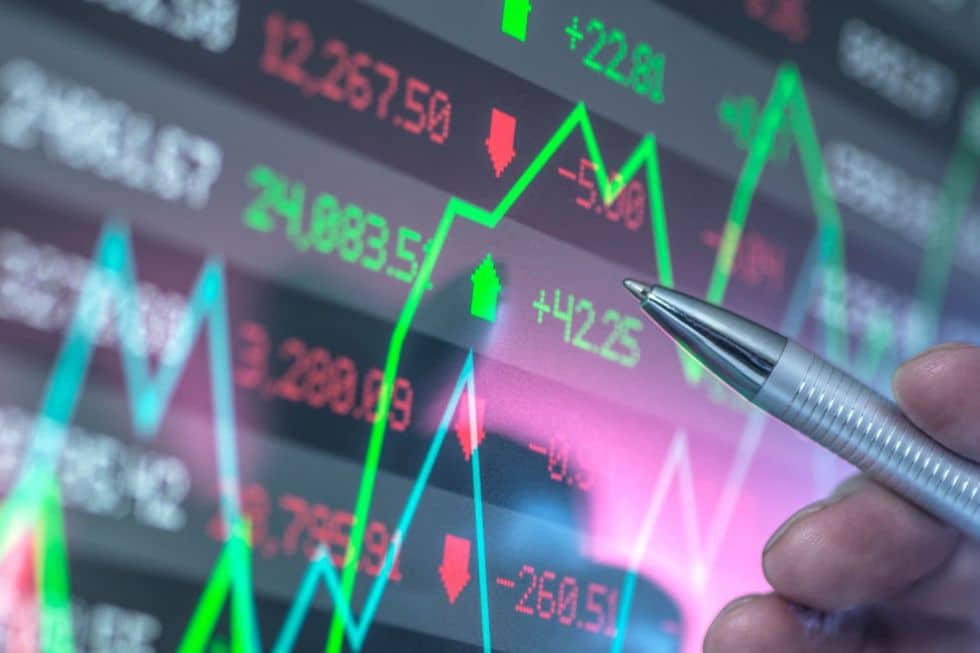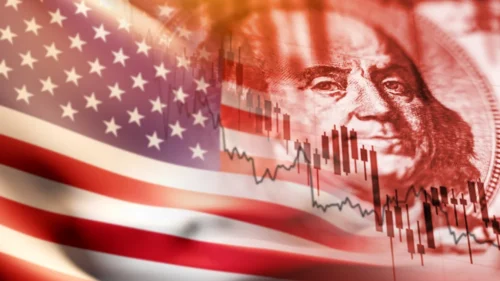Many people across the US are currently trying to understand their financial situation. They want to know how their money will hold up in the face of changing economic conditions. While economic data from the United States shows ongoing strength in areas such as employment and production, consumer sentiment tells a different story. Americans appear increasingly pessimistic about the future, and that pessimism matters more than most realize.
Economic forecasts rely heavily on expectations. Although current indicators suggest steady economic activity, falling expectations suggest future trouble.
A lesson in value and expectations
This was a lesson I learned in the early 1970s. At the time, I was a master’s student at the University of Pennsylvania. I had developed a vision for what would later become known as the Internet and the World Wide Web. I knew that building this vision was going to take money and I didn’t know much about money. I needed funding to realize this vision, but I knew very little about money. I approached the Dean of the Wharton School of Finance, who advised me to begin with an accounting class.
I started asking questions. The accounting faculty, unable to answer my questions, directed me to the finance department. The finance professors, also unable to satisfy my curiosity, referred me to the distinguished economist Sidney Weintraub, a respected economist at the university.
Professor Weintraub gave me an answer I struggled to understand. I thought money was a physical thing — dollars, gold, coins. He challenged that view. He explained that money isn’t anything tangible, but rather a measure representation of expectations about the future.
To help me understand, he used the example of a loaf of bread. If you have a loaf of bread, you will only accept a dollar in exchange if you believe that same dollar will buy you a loaf of bread tomorrow. You will likely keep the bread if you think the dollar will lose value. Conversely, if you expect the dollar’s value to rise — perhaps it will buy two loaves of bread soon — you might decide to bake more bread today to sell at a better price later.
According to this logic, people and businesses make decisions not based solely on present value but on future expectations. Money, therefore, is a measure of those expectations. Markets amplify this idea. Stock prices, interest rates and currency values are magnified indicators of what people believe will happen next.
What the future holds
The Current US administration’s actions have raised uncertainty in domestic and international markets. US President Donald Trump’s policy choices, especially around trade and tariffs, have made it harder for businesses and consumers to anticipate the future. That uncertainty has already begun to affect behavior. Investment has slowed. Business owners have delayed hiring and expansion. Consumers, concerned about price increases and economic instability, are making large essential purchases now but postponing discretionary spending.
Even new technologies, such as generative AI, have introduced further anxiety. Many workers worry about job displacement. This fear feeds into broader economic hesitation. As confidence falls, so does the motivation to produce. In simple terms, fewer “bakers” are baking. This reduction in economic activity leads to job losses and shrinking profits.
Some believe that if the administration changes course, the economy will return to where it was before these disruptions began. Others suggest that new trade deals will resolve current tensions and make the tariffs disappear. But things will not immediately go back to the way they were. The uncertainty has already had lasting effects.
The consequences extend beyond US borders. The President of the Federal Reserve Bank of Boston recently acknowledged that parts of Europe have already entered a recession. In the past, analysts often warned that when the US market “sneezes”, the rest of the world catches a cold. Today, some suggest that other markets might weather the storm more safely than the US. However, that remains unlikely on a global scale. Most major economies now face similar uncertainty, and that produces identical outcomes.
This period of declining expectations will not pass without cost. The severity of its impact will depend on how long the uncertainty persists and how deep the pessimism becomes.
[Kaitlyn Diana edited this piece]
The views expressed in this article are the author’s own and do not necessarily reflect Fair Observer’s editorial policy.
Support Fair Observer
We rely on your support for our independence, diversity and quality.
For more than 10 years, Fair Observer has been free, fair and independent. No billionaire owns us, no advertisers control us. We are a reader-supported nonprofit. Unlike many other publications, we keep our content free for readers regardless of where they live or whether they can afford to pay. We have no paywalls and no ads.
In the post-truth era of fake news, echo chambers and filter bubbles, we publish a plurality of perspectives from around the world. Anyone can publish with us, but everyone goes through a rigorous editorial process. So, you get fact-checked, well-reasoned content instead of noise.
We publish 3,000+ voices from 90+ countries. We also conduct education and training programs
on subjects ranging from digital media and journalism to writing and critical thinking. This
doesn’t come cheap. Servers, editors, trainers and web developers cost
money.
Please consider supporting us on a regular basis as a recurring donor or a
sustaining member.
Will you support FO’s journalism?
We rely on your support for our independence, diversity and quality.












Comment
This has clearly become an age of transition, but a transition towards what? Unfortunately, our politicians, experts and media have so little grasp of what that might be that everything they say and do amplifies the level of uncertainty. This undermines any possibility of collective, constructive decision-making, whether we think people or markets make decisions (and unfortunately, we rely increasingly on markets without even understanding how they work).